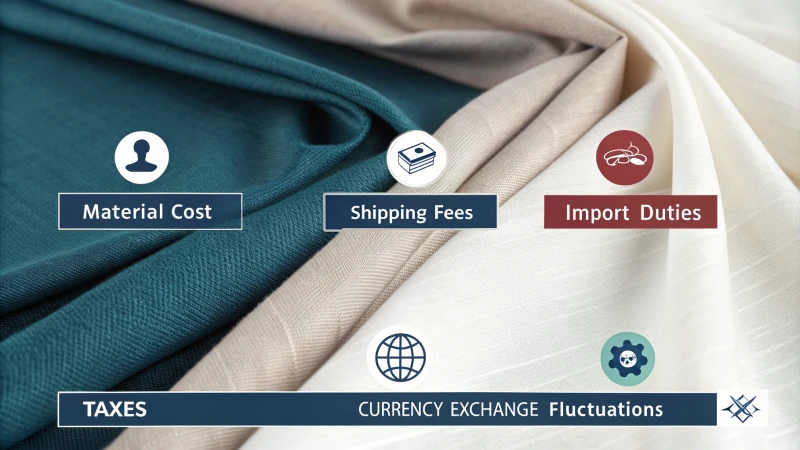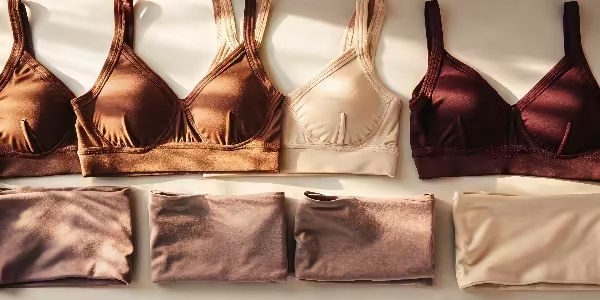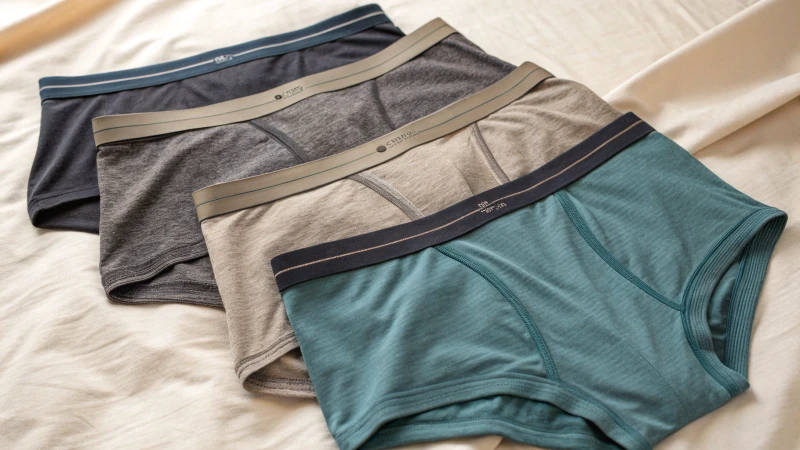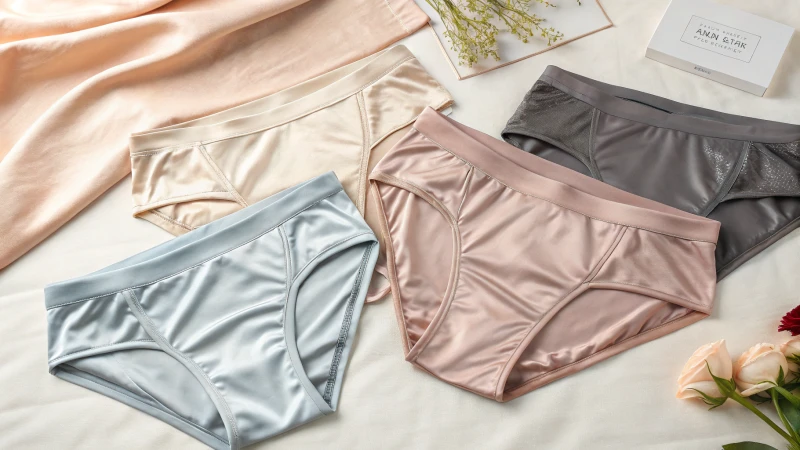
Ever wondered how those luxurious fabrics from afar affect your custom order costs?
Imported fabrics impact custom order costs through higher material prices, shipping fees, import duties, taxes, and currency exchange fluctuations. These factors contribute to increased expenses but can offer unique qualities that justify the cost in premium markets.
While the initial answer provides a clear overview, understanding the nuances of each factor can significantly enhance your ability to manage costs effectively. I remember the first time I decided to splurge on some exquisite Italian silk for a project. The fabric was stunning, but the hidden costs were a surprise. Between navigating import duties and the ever-changing exchange rates, I learned quickly that thorough planning was essential. Keep reading to uncover detailed insights and practical tips for leveraging imported fabrics without compromising on profitability.
Imported fabrics always increase custom order costs.True
Higher material prices, shipping, duties, and taxes elevate costs.
Currency exchange rates have no impact on fabric costs.False
Fluctuating exchange rates can significantly affect fabric pricing.
What Are the Key Cost Components of Imported Fabrics?
Ever wondered why imported fabrics seem to cost an arm and a leg? It's not just the fabric itself—there's a lot more beneath the surface.
The key cost components of imported fabrics include material cost, shipping fees, import duties, taxes, currency exchange fluctuations, and potential delays. Each factor contributes to the overall expense and impacts pricing strategy.

I remember the first time I decided to import fabric for my custom garment business. It seemed like a straightforward process—just find the right fabric, pay for it, and have it shipped over. But boy, was I in for a surprise! I quickly learned that the price tag on the fabric was just the tip of the iceberg.
Material Cost
The base price of the fabric was more than I'd anticipated, particularly when dealing with high-quality or specialty materials from renowned international suppliers. It's like shopping for luxury goods—you're paying for exclusivity and craftsmanship. I found that factors like rarity and production methods1 heavily influenced these prices, making budgeting a bit more challenging.
Shipping Fees
Shipping costs were another eye-opener. I had to decide between air freight, which was pricier but faster, and sea freight, which was cheaper but took forever. It's a classic case of weighing time against money. Here's how they typically break down:
| Shipping Mode | Average Cost | Delivery Time |
|---|---|---|
| Air Freight | Higher | Shorter |
| Sea Freight | Lower | Longer |
Import Duties and Taxes
Next came import duties and taxes, which felt like a hidden fee nobody warned me about. These are calculated as a percentage of the product's value and can vary depending on trade agreements with the destination country. In some cases, like with certain textiles, lower duties are applied to promote trade, but it's never a guarantee.
Currency Exchange Fluctuations
Currency exchange rates were another layer of complexity. It's like playing the stock market—one day you're up, and the next, you're down. I quickly learned to use financial tools to hedge against these fluctuations, helping me maintain a more consistent pricing strategy.
Delays and Their Impact
Finally, I had to grapple with potential delays. Whether due to shipping issues or customs snags, these setbacks could disrupt production schedules and miss sales opportunities. Keeping on top of these possibilities became crucial for protecting my bottom line.
Understanding these components has been invaluable in navigating the complexities of importing fabrics. Balancing these costs with market demand is key to maintaining profitability while offering something unique to my customers.
High-quality fabrics are more expensive than standard fabrics.True
Specialty fabrics from reputable suppliers command higher prices.
Sea freight is generally more expensive than air freight.False
Sea freight is cheaper but involves longer delivery times.
How Do Shipping Fees and Import Duties Affect Pricing?
Ever tried importing something and got hit with unexpected costs? Shipping fees and import duties can really sneak up on you, changing the whole pricing game.
Shipping fees and import duties increase the total cost of imported goods, which directly affects pricing strategies. To stay profitable, these additional expenses must be included in the final product price.

The Impact of Shipping Fees on Product Pricing
When I first ventured into the world of international trade, the complexity of shipping fees hit me like a ton of bricks. Imagine picking out the perfect imported fabric for a custom order, only to realize the shipping costs make it less perfect for your budget. Shipping fees are a key player in pricing strategies, especially if you're like me, trying to bring something unique from halfway around the globe. These fees can really vary depending on factors like:
| Factor | Description |
|---|---|
| Distance | Longer shipping distances typically result in higher costs. |
| Shipping Method | Air freight is faster but more expensive than sea freight. |
| Weight and Size | Heavier or larger items incur higher fees due to increased space and fuel requirements. |
| Fuel Surcharges | Fluctuating fuel prices can lead to variable shipping rates. |
I learned to juggle these factors, trying to find the most economical way without compromising on delivery times my customers expect.
Import Duties: Hidden Costs in Pricing
Then there's the sneaky beast called import duties—taxes slapped on goods that cross borders. They can really shake up your pricing by adding those hidden costs nobody warns you about:
- Tariff Rates: These change from country to country and product to product, so it's a good idea to keep an eye on current tariff rates2 when setting prices.
- Customs Valuation: How customs value your goods impacts the duty you end up paying.
I've been caught off guard before, and let me tell you, it taught me to always double-check before making any big pricing decisions.
Navigating Currency Fluctuations
As if shipping and duties weren't enough, currency exchange rates also love to throw a wrench into things. I've seen how fluctuating rates can unexpectedly spike costs:
- A strong home currency might make imports cheaper, but a weak one can do just the opposite.
- Some businesses, maybe smarter than I was back then, use hedging strategies3 to dodge these currency curveballs.
Getting a handle on all these factors is crucial. You need to balance them with product demand, competition, and brand positioning to make sure your prices are competitive yet profitable. Trust me, it's a juggling act worth mastering.
Air freight is cheaper than sea freight.False
Air freight is generally more expensive than sea freight due to speed.
Import duties are a type of tax on goods.True
Import duties are taxes imposed by governments on imported goods.
How Do Currency Exchange Rates Affect Fabric Costs?
Ever found yourself puzzled by the sudden spike in fabric costs? It could be due to something as elusive as currency exchange rates!
Currency exchange rates impact fabric costs by changing the price of imported materials. A weakened currency means higher costs for imports, which can strain production budgets and complicate pricing for textile businesses.

The Mechanics of Currency Fluctuations
When I first started dealing with international fabric suppliers, I was blissfully unaware of how much currency exchange rates could influence my costs. One day, I might be overjoyed at the low cost of luxurious silk, only to find my expenses soaring the next week due to a shift in exchange rates. Simply put, if the local currency weakens against the euro, for example, that beautiful Italian fabric I had my eye on suddenly becomes a lot more expensive.
Economic Factors at Play
Learning about the economic factors behind these shifts was like uncovering a new layer of my business. Interest rates, inflation, and trade balances4—these aren't just dry economic terms but real factors that could make or break my budget.
| Economic Factor | Impact on Currency |
|---|---|
| Interest Rates | Higher rates attract foreign capital, strengthening the currency. |
| Inflation | High inflation can weaken currency value. |
| Trade Balance | Surplus typically strengthens currency, deficit weakens it. |
Higher interest rates, for instance, attract foreign investment and can strengthen a currency, while high inflation might do just the opposite.
Risk Management Strategies
In facing these challenges, I've come to appreciate the value of risk management strategies. Hedging seemed like a foreign concept until I realized it could help stabilize my costs—even if it came with fees.
- Hedging: Utilize financial instruments like futures contracts to lock in exchange rates.
- Diversification: Source fabrics from multiple countries to spread risk.
- Forward Contracts: Agree on a fixed rate for future transactions to avoid surprises.
By diversifying my sources and using forward contracts, I've been able to navigate these turbulent waters more confidently.
Real-world Implications
I remember vividly when the yen appreciated against the dollar, and my cost for Japanese silk skyrocketed. It was a wake-up call that made me embrace forward contracts. These measures have since helped protect my profit margins from unexpected currency swings.
Understanding these factors and adopting strategies to manage them has been crucial in maintaining profitability in my textile business. By keeping an eye on economic indicators and choosing the right risk management techniques—like hedging5—I've been able to make informed decisions that help me stay ahead in a constantly shifting market.
Higher interest rates strengthen local currency.True
Higher interest rates attract foreign investment, boosting currency value.
Hedging eliminates all risks from currency fluctuations.False
Hedging reduces risk but involves fees and doesn't cover all scenarios.
Are Imported Fabrics Worth the Higher Price Tag?
Ever wondered why imported fabrics come with a heftier price tag? As someone who's often puzzled over this, let's uncover whether these materials truly justify the extra cost.
Imported fabrics are often worth their higher price due to exceptional quality, unique features, and exclusivity. These aspects can significantly enhance the final product's value, making the investment worthwhile for many consumers and designers.

Understanding the Premium on Imported Fabrics
When I first explored imported fabrics, I was drawn in by tales of exquisite quality6 and rare beauty. It's like owning a piece of art; you pay for more than just material—it's the story, heritage, and craftsmanship. Whether it's the soft whisper of Italian silk or the enduring comfort of Egyptian cotton, these fabrics are sourced from places where textile creation is almost an art form.
| Factors | Description |
|---|---|
| Quality | Superior weaving and finishing processes. |
| Rarity | Unique patterns or limited editions. |
| Brand | Established brands often charge more. |
Quality vs. Cost
I remember running my fingers over a bolt of imported fabric and immediately noticing its superior feel compared to local options. The quality of these textiles often stems from advanced techniques and rigorous quality control, which translates into improved durability7 and a rich, luxurious feel—perfect for those high-end markets.
Shipping and Import Duties
The first time I ordered imported fabric, I was taken aback by the additional costs—shipping fees, import duties, taxes. These charges stack up quickly but are part of ensuring the authenticity8 of what you're getting. It’s like paying for peace of mind that you’re receiving genuine luxury.
Exclusivity and Market Demand
In today’s world, where everyone seeks uniqueness, imported fabrics offer a slice of exclusivity that can set any creation apart. I’ve seen firsthand how these materials can transform a design, making it a coveted item in competitive markets. For those of us who crave something special, these fabrics deliver.
Evaluating the Investment
Deciding if imported fabrics are worth it often involves weighing their aesthetic value9 and market appeal against cost. I've learned that if these fabrics align with my vision and resonate with my audience's desires, they're worth every penny. For businesses, understanding customer preferences and integrating them into pricing strategy is key.
Imported fabrics always guarantee superior quality.False
Not all imported fabrics are superior; quality varies by source and brand.
Import duties increase the cost of imported fabrics.True
Import duties add to costs, raising the price of imported fabrics.
Conclusion
Imported fabrics increase custom order costs due to higher material prices, shipping fees, import duties, and currency fluctuations, but they can offer unique qualities that justify the expense.
This link provides insights into how the rarity of materials influences their pricing, helping you understand why certain fabrics cost more. ↩
Stay updated on current tariff rates to ensure accurate pricing and compliance with international trade laws. ↩
Discover effective hedging strategies to protect your business from adverse currency movements affecting pricing. ↩
Understanding trade balances helps gauge currency strength and anticipate how it might impact import costs. ↩
Learning about hedging techniques aids in managing risks associated with currency fluctuations effectively. ↩
Discover why certain countries excel in fabric production, leading to higher quality materials. ↩
Learn how superior fabric quality can lead to longer-lasting products. ↩
Find out how to ensure that imported fabrics are genuine and worth the price. ↩
Understand how unique materials can enhance the visual appeal of products. ↩






